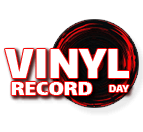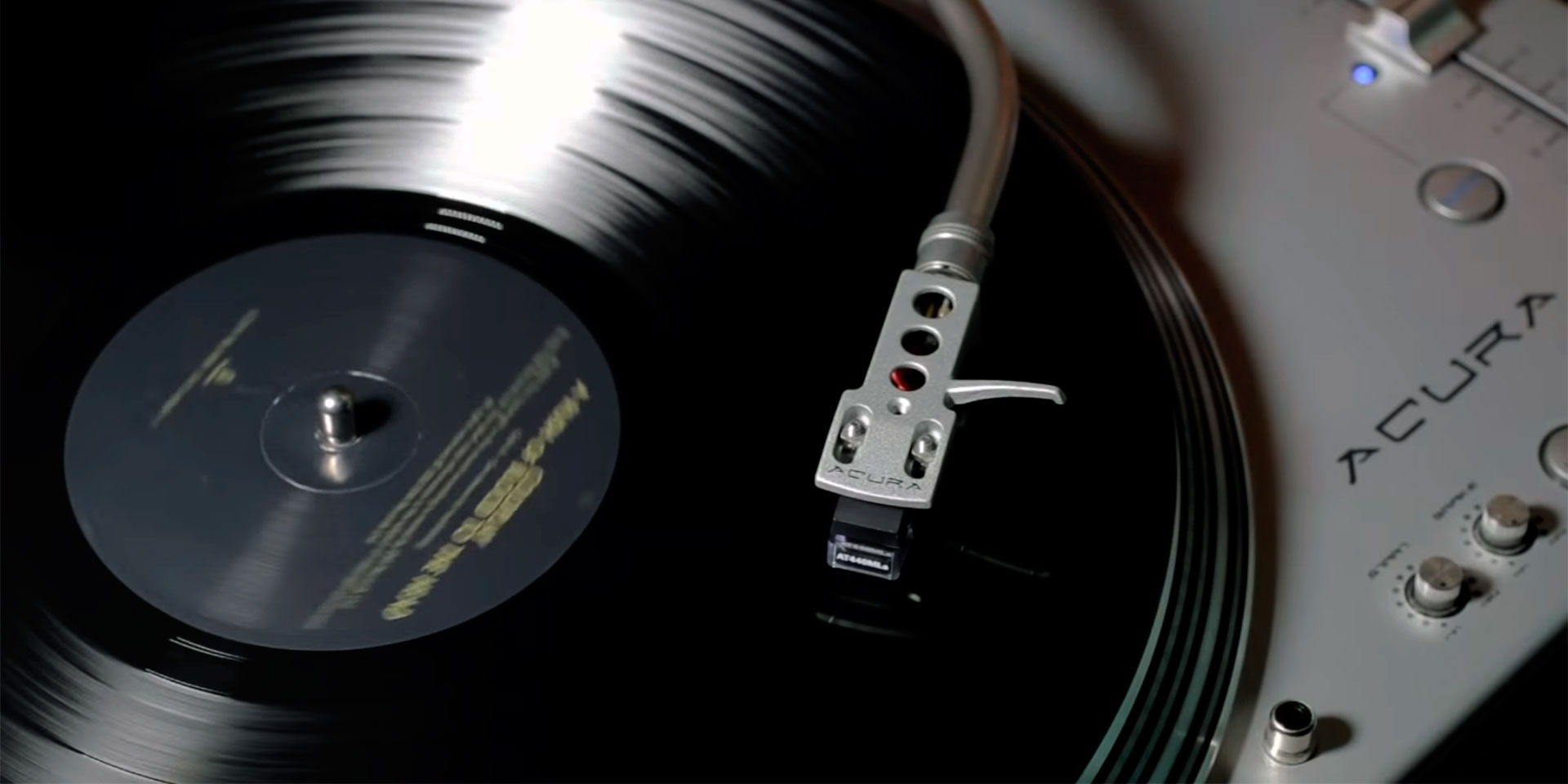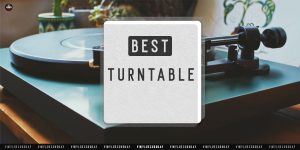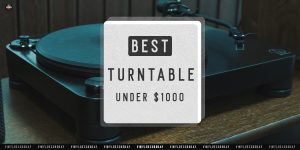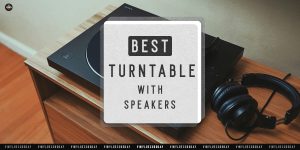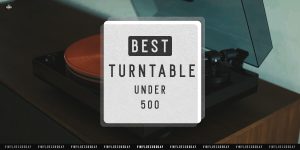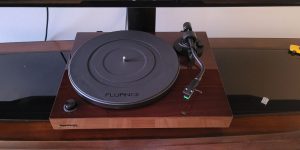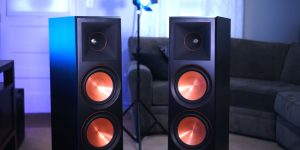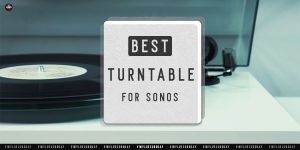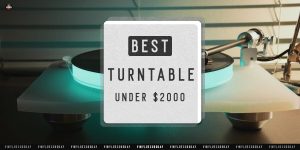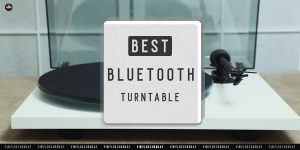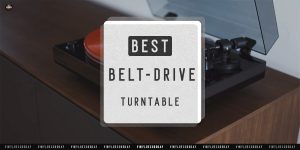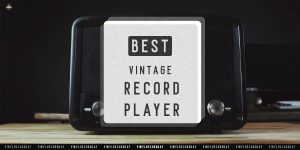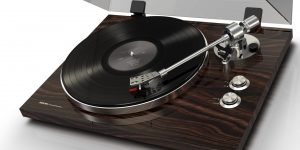In parallel with the arrival of digital dematerialized music, I am witnessing the resurgence of old-school analog music in the world of Hi-Fi, particularly with the glorious return of vinyl discs! In this buying guide, I am therefore going to discuss an overview of innovative Hi-Fi solutions.
I’m not going to immerse you in our memories about the vintage years in this turntable buying guide. However, I offer you a summary of the analog sound capabilities. However, the devices are plentiful, the price ranges are vast, and the numerous features, so it’s often difficult to determine the excellent turntable. Therefore, I am going with this guide to bring you all the essentials to help you choose which turntable to buy.
How does a record player work
Before we move on to the section with tips for buying record players for your home, it’s worth briefly describing what it is made of and how it works.
Gramophone records have an analog audio recording in the form of a groove. There are irregularities in the tracks, due to which the needle, placed on the arm of the turntable, begins to vibrate, which is then converted into an electrical signal. The sounds created in this way are amplified in the preamplifier and transmitted to the loudspeakers.
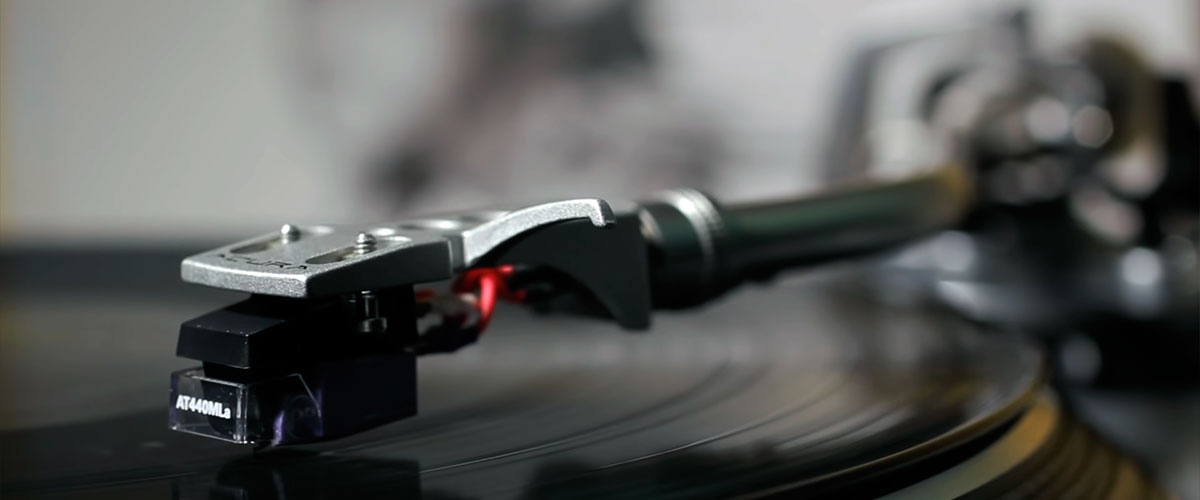
What Is the difference between a record player and a turntable
Most people who come to know the realm of analog music incorrectly assume that the same equipment is a recording player and a turntable. However, it is worth understanding this issue in more detail under our record player buying guide.
The main difference between a record player and a turntable is the absence or presence of speakers and amplification. Turntables have none and require additional components to generate enough electrical signal to trigger headphones or speakers. However, the record player consists of the turntable, cartridge, tonearm, and speakers or a preamp in one unit.
Types of turntables
If you want to hear your albums on vinyl mainly, a basic turntable is the most appropriate. However, besides the “classic player,” there are at least two other types of record players on the market that have successfully captured their niches.
All-in-one turntables
An all-in-one model is a monobloc device integrating the preamp, the speakers, the turntable, and the FM radio tuner. The apparent advantage of such a system is that there is no connection problem. Thus, you can listen to your records immediately. The cost is also very significantly lower than a solution in separate parts.
Let’s face it on the other hand: the quality of playing is light-years away from ordinary turntables. Moreover, the fact that the manufacturer has picked the most compact and not usually the most costly components reflect the sound quality. And as you know, the compactness of audio components can often be detrimental to quality.
An all-in-one solution works well or if you have a limited number of drives. However, if you wish to rediscover the pleasures and melodic nature of the LP, albeit more expensive, I think that a specialized turntable is essential.
Portable record players
The development of Bluetooth portable players was inevitable given the growth of audio equipment. And in these devices, manufacturers adhered not only to the optimal sound quality but also to the practical side. However, just like in the previous case, its compactness affects the quality of the device.
The portable turntable lets you send your vinyl music to your wireless speaker or wireless headphones. The price of these turntables, which typically ranges from $100 to $300, places them in the entry-level category. Still, brands that specialize in high-end turntables offer more expensive, higher-quality products. For example, many have a built-in phono stage, and some offer a USB port in addition to Bluetooth connectivity.
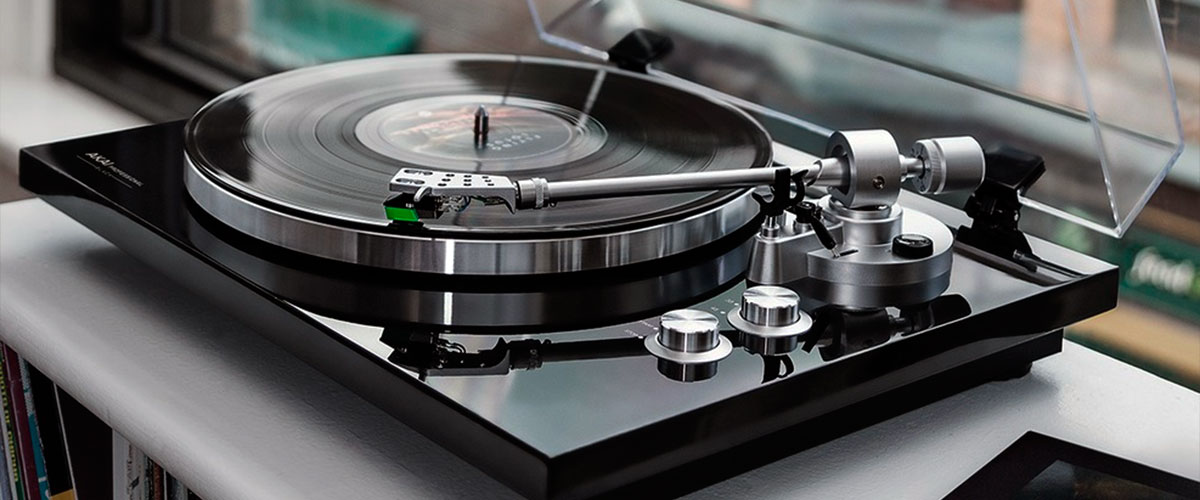
How much money should I spend on buying a turntable?
There are also three well-known pricing groups in the world of LP players: from entry-level turntables to expensive professional models. However, there are occasionally differences between a simple vinyl player and a player that cost 5 or 10 more times. However, there are distinctions, and luckily you can comprehend quickly and understand why and how much does a record player cost.
You can at least read a vinyl record by a turntable. Some producers seek the optimal sound and are looking for more accurate responses in a range of technologies. This offers the cleanest sound with the most accurate anti-vibration technologies. These complicated processes make the sound relatively marginal costly to benefit. In general, and this is also I believe, you can find what kind of record player to choose with this guide.
Today, manufacturers most often offer plug-and-play models. This means that you just have to plug in the device to use it from the moment of purchase. Most turntables these days are easy to operate, with simple materials, but also essentially affordable prices. Moreover, if your budget is higher, you will focus on models with more reliable materials and some features that others will not have.
Budget/entry-level (under $300)
Like turntables under $200 or turntables under $300, many of them also come with advanced features you never find on older turntables, including Bluetooth connectivity and USB ports that allow you to record vinyl to your computer.
Mid-price ($400 – 800)
This category includes devices balanced in price and quality. They all enable you to hear and enjoy unique sounds on vinyl discs. Furthermore, these devices frequently offer numerous helpful features that facilitate user control and expand the user’s capabilities. For example, a record player under $500 can even find Bluetooth.
Premium ($800 and more)
Premium turntables are popular with audiophiles. Most of these players are multifunctional and also make it possible to play not only gramophone records but also discs. In addition, such devices are often equipped with a USB connector for connecting to a computer.
Important features of vinyl record players
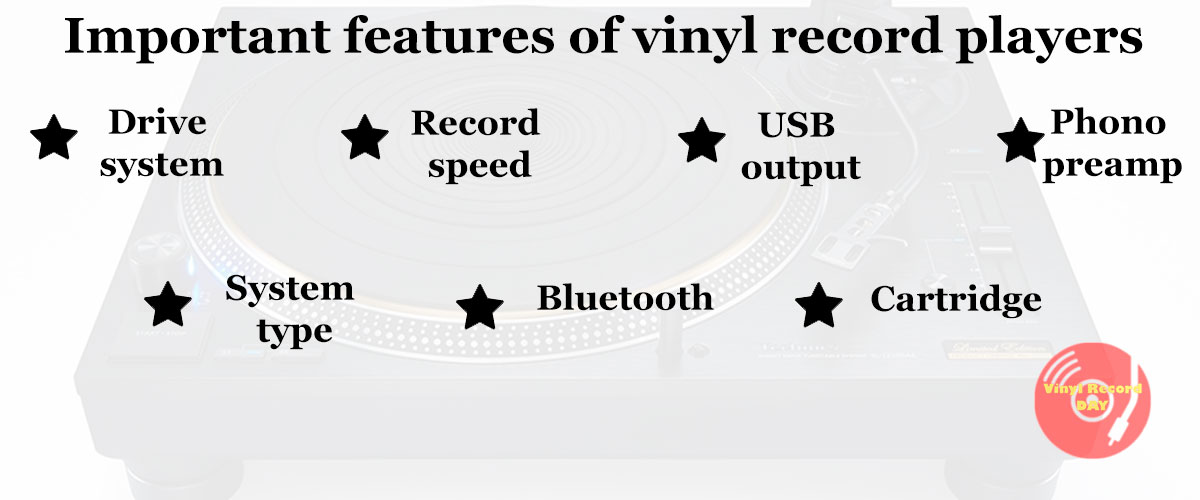
And when it comes to choosing a turntable, it is essential to know what to look for in a record player.
Drive system
When choosing a turntable, you should also pay attention to the drive. The market is dominated by two solutions – belt drive and direct drive.
A belt drive is a traditional type of drive. It is appreciated because it operates quietly and reduces vibrations. Unfortunately, it also has disadvantages. The rubber strap needs to be replaced from time to time because if it wears out, the quality of the music played will be unsatisfactory.
Direct drive is more perfect than belt drive, accurate and reliable. It was provided, of course, with decent materials. Otherwise, it can be easily damaged and disappoint music lovers who rely on impeccable sound.
System type
Manual
The user performs all actions with the player. The tonearm is removed from the parking stand by hand, is brought to the plate by hand, the needle is lowered onto the plate with the help of a mechanical microlift. Once the music has finished playing, the stylus will remain in the record’s exit groove until you manually return the tonearm to the parking stand. The rotation of the platter is also stopped manually by a suitable mechanical switch or button.
Fully automatic
An automatic rotary table is more technological. It has a built-in mechanism that controls the lever of the device. It can automatically turn the disc, and when it finishes playing songs, the adapter turns off. In addition, it is often equipped with a continuous playback function. Easy to use in this case. All you have to do is select the entry, insert it into the player, and press the appropriate button.
Semi-automatic
The main feature of a semi-automatic turntable is the absence of a system for moving the tonearm from the parking stand to the beginning of the record. This function in semi-automatic devices is assigned to a person. However, almost always, there is an electric lift and hitchhiking. Hitchhiking in semi-automatic vehicles is often not complete – without returning the tonearm to the parking stand. The needle with the tonearm rises from the record, and the platter’s rotation is turned off. The tonearm is manually returned to the parking stand.
Vinyl record speeds
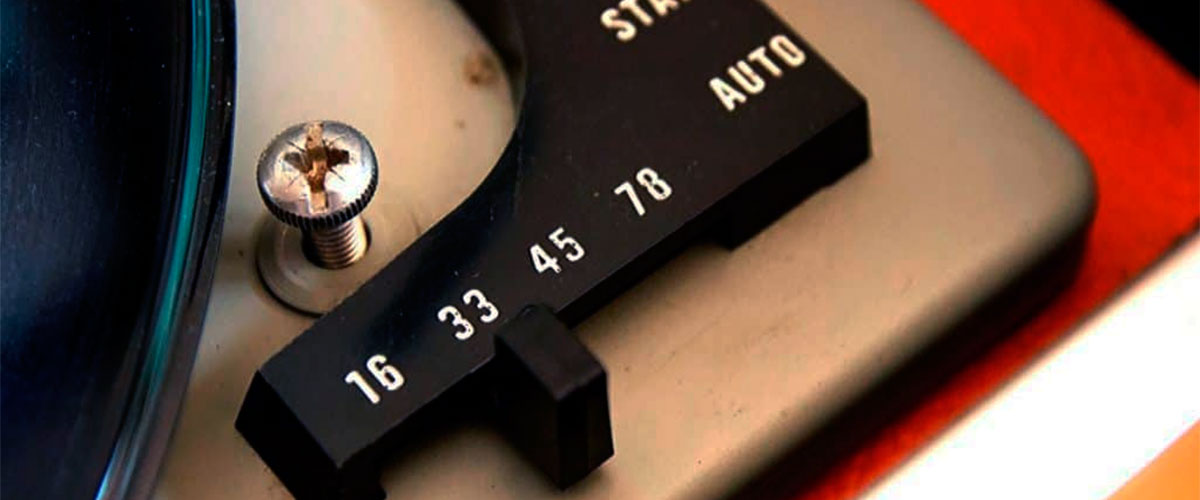
The vinyl record speed should be constant so as not to suffer from cacophony instead of good music. However, a constant speed equal to itself does not mean a single speed. In fact, there are three degrees of plate rotation speed:
- Vinyls with 33 RPM make 33.5 RPM. This is the most popular vinyl format, also called LP or Long Playing;
- Vinyl records at 45 RPM turn to 45 RPM. Their diameter is smaller than that of 33 RPM records and allows for the reproduction of two records, one on each side;
- Vinyl records at 78 RPM are the ancestors of records at 33 and 45 RPM (replaced since 1940).
Does playing a record at the wrong speed damage it?
No, the wrong speed will not damage your record. It’s just that in this case, the recording will not sound as intended.
Bluetooth
The world does not stand still, which is why modern turntables also have an aptX Bluetooth module that allows you to send music to, for example, wireless headphones or speakers. Moreover, you can connect a turntable to the soundbar without any problems. Furthermore, it has the benefit that the Bluetooth turntable is very simple to operate. All you need to do is switch on, pair, and that is everything you need to do.
USB output
Many of today’s turntables are equipped with a USB port. And there is a massive plus in this – the digitization of vinyl records. On the one hand, this allows you to enjoy your discs on any digital medium (audiophile player, smartphone, tablet, car radio, computer, etc.), and on the other hand, to archive rare discs.
The cartridge
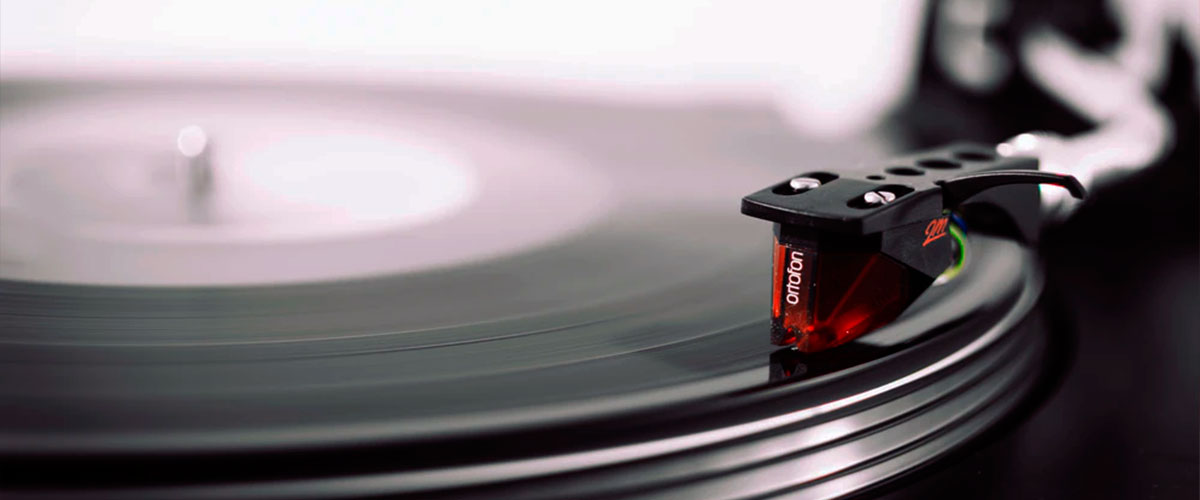
There are two main types of turntable cartridges – MM and MC. The first is an abbreviation for English Moving Magnet, and the second is Moving Coil.
In the first case, we are dealing with a magnet attached to a needle, which, when set in motion when reading a disc, moves near the coils and thus induces a voltage in them. In contrast, in the second case, the magnets are stationary, and a coil is attached to the needle, in which the sound is actually created.
Currently, the most popular MM units, which, depending on the model, generate a voltage in the range of 2.5-7.5 mV. On the other hand, MC cartridges, which are usually more expensive, offer much lower voltages of 0.1–2.0 mV. For this reason, both types of cartridges require different equalization preamps.
Nevertheless, the cartridge plays a crucial role in solving the problem of how to choose a record player and in the acoustic rendering that your turntable will give you. Most experts agree that moving coil cartridges offer better overall performance. However, moving coil cartridges cost more and generate less voltage than MM cartridges.
Do all cartridges fit all turntables?
When choosing a cartridge, it should be borne in mind that MM and MC models require different phono stages regarding gain and load characteristics. Therefore, you need to determine the correct type for your system, depending on the phono stage available in the system.
What is a phono preamp?
A phono preamplifier is primarily used to amplify the audio signal that comes out of the turntable or rather its phono cartridge. Indeed, it is much weaker than that of a conventional source line level, such as a CD player, which is of the order of 2 V RMS. It is often less than four mV for a moving magnet (MM) cartridge in a turntable audio system and can drop to less than 0.2 mV for a moving coil (MC) cell, i.e., at a level 10,000 times lower than for a classic source.
The second task of the phono preamp is to apply the correction curve or RIAA equalization. This curve, standardized in the 1950s by the Recording Industry Association of America, has been used for almost all vinyl recordings ever since. It aims to overcome the physical limitations of the LP record. So that the large bass ripples and small treble waves can more easily fit in the groove of a vinyl record, without stepping on each other’s feet or interfering, we decided to attenuate the bass and increase the treble when playing. When playing, the phono preamp must restore the balance between low and high frequencies by performing a reverse correction.
What do I need to buy to make music?
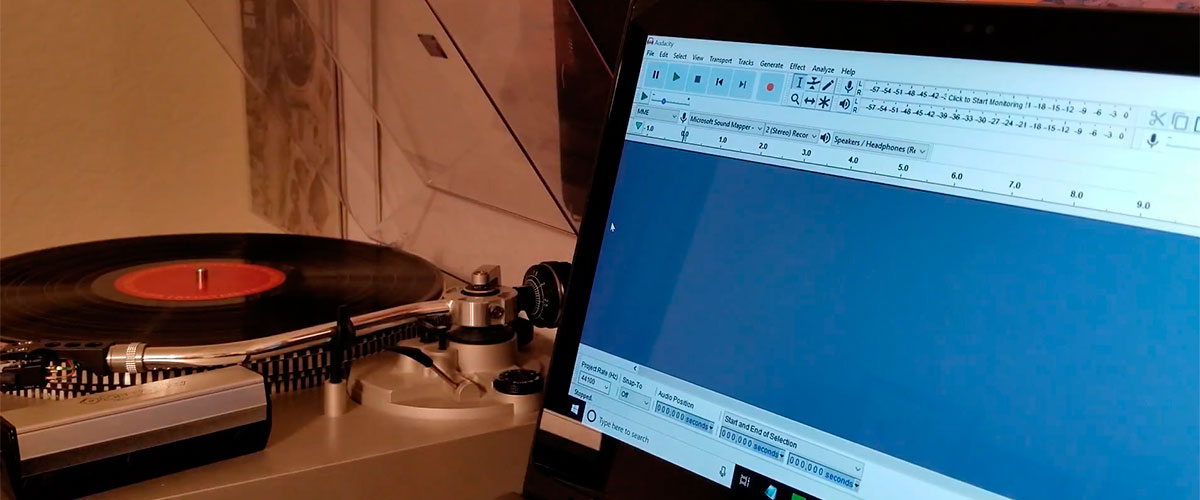
Often, users decide to assemble their audio system from separate components. Of course, there is always an option to use a plug-and-play player, but this will be an average option. And therefore, it was decided to consider the three most popular home turntable setups.
Turntable + amplifier/receiver setup
You can use a turntable with an amplifier or receiver. But remember that the connection is made to the phono stage of the receiver/amplifier only. But if your turntable already has a built-in phono stage, then you need to connect it to another free pair of connectors. These are usually labeled AUX, CD, or Tuner.
Record player setup with active speakers
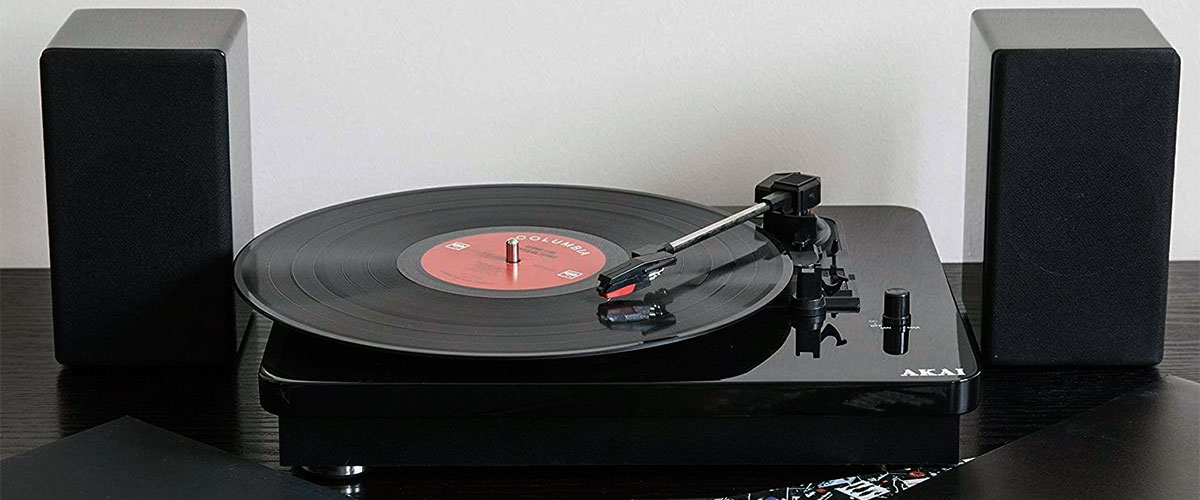
The following setup using active speakers is more complex. To implement it, you must have an external phono stage. It will serve as a link between the speakers and the turntable. You should connect the phono input of the phono stage to the turntable and the jack from the active speakers to the phono stage output. And you don’t have to do anything else, as active speakers have their amplifier and power supply.
Turntable + computer setup
It also needs a phono preamp to pair a turntable to a computer. The first step is the same as the active speaker connection. Next, you should connect the phono preamplifier to the turntable and the jack from the phono preamp to the headphone socket on your computer. Then, there are two ways. If your player has one, you can use the USB interface. If there’s no such interface, you’ll have a 1/8 inch headphone input adaptor to enter your computer’s audio input.
Turntable setting up
Any turntable must be user-configurable to enjoy the music on the record.
- The player must be installed on a flat surface or a dedicated wall mount. And to check the horizontalness of your turntable, we recommend using particular spirit levels.
- You need to adjust the counterweight at the end of the tonearm. The recommended downforce, usually indicated by the cartridge manufacturer, is usually between 1.5 and 2.5 g. Most counterweights also have a label to make this adjustment easier. Therefore, it is recommended to stay within the manufacturer’s specified range when adjusting the tracking force to suit your turntable. If the sound seems muffled and without energy, the downforce is probably too much. On the other hand, too little downforce will result in a too aggressive sound without depth. Note that if the downforce is too low, the cartridge may slip and damage the disc.
- You can also adjust the height of the tonearm. Although this is usually set by default so that the tonearm is parallel to the board, some cartridges need to be positioned at a specific angle depending on their design. As with downforce, a tonearm that is too low will produce a dull, energyless sound, and too high will produce an unnatural listening result.
- The same should be done to ground the turntable. Improper grounding or lack of grounding is a significant source of annoying noise and distortion. An undesirable phenomenon called “ground loops” occurs when the chassis connections of different pieces of equipment do not have the same ground potential or voltage. This is why you need to ground the player, how to do it – read here.
Turntable accessories for better vinyl sound
Some accessories are simply essential for vinyl lovers. One of them, an anti-static brush to remove dust from your records with each use. I prefer an effortless carbon brush. They are very effective and inexpensive. You can also buy a cleaning brush for the cartridge to be used, of course, with all the usual precautions not to damage it. Finally, on heavy decks, you can use a pinch puck that will optimize the disc’s contact to the platter and minimize the risk of reading error.
FAQ
How to make the turntable louder?
The turntable may play quietly if the phono stage is not connected or connected incorrectly. The best way to unleash the potential of your turntable is with an appropriately sized and wired phono stage.
How many times can you listen to a vinyl record?
Vinyl records have a pretty fantastic resource of work. You can listen to the record over 100 times without sacrificing sound quality. And you can learn more about this here.
Why are my records skipping?
If you are faced with the fact that there is interference in playback, or even the player skips a track or part of it, then most likely the record is dirty, and you need to clean it. Read how to do this here.
How to skip songs on a record player?
Skipping songs on a vinyl record must be done very carefully, as it can damage the recording if you do it wrong. You can read how to do this here.
How do I stop my turntable humming?
The hum problem may be in faulty circuit devices. It can be either a defective turntable or a faulty phono stage. You need to determine precisely what is out of order, and this material will help you with this.
How should vinyl be stored flat or upright?
Vinyl records must be stored upright on racks because the vinyl material is fragile, and this is the only way to avoid its deformation. You can read more tips for keeping vinyl here.
